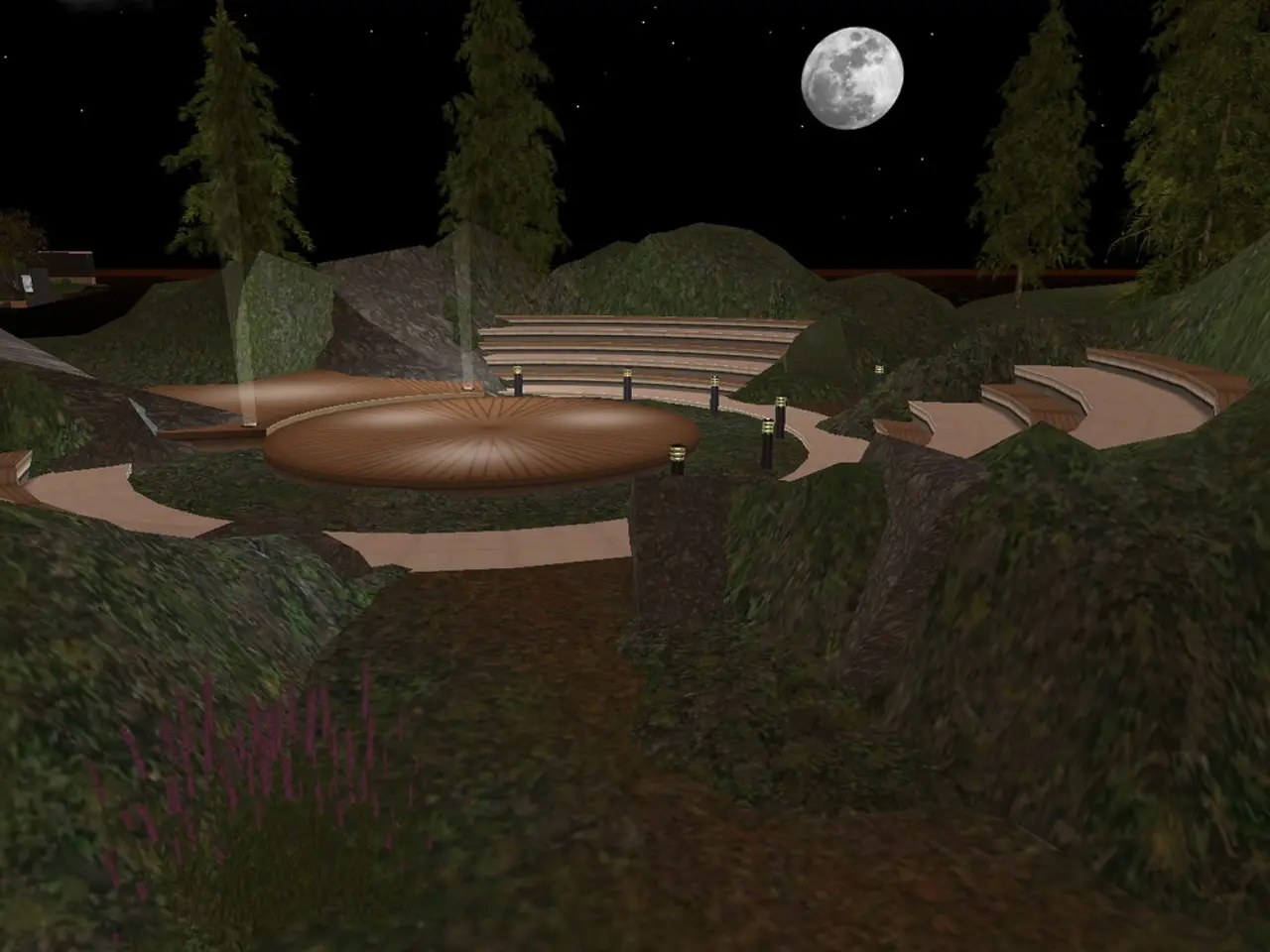lunar settlement maintenance: objections and benefits
The Moon, our nearest celestial neighbour, is set to become a hub of human activity once again. A permanent human presence on the lunar surface, once a distant aspiration, is now a realistic mid-term objective.
Operating within existing treaties such as the Outer Space Treaty, this venture will clarify property rights in extracted resources, safety zones around operations, and deconfliction mechanisms. It will also offer a radio-quiet zone for low-frequency radio astronomy on the far side of the Moon.
Surface operations on the Moon occur in hard vacuum with large diurnal swings in temperature. At one-sixth of Earth's gravity, human physiology adapts differently but still experiences bone and muscle loss, fluid shifts, and changes in vision and vestibular function. To tackle these challenges, a distributed "campus" model with multiple small nodes for power, habitat, ISRU (In-Situ Resource Utilization), and landing pad, linked by cables and roads, is being considered. This approach reduces single-point failures and dust interference.
Scientific preservation protects pristine Permanent Shadowed Regions (PSRs) and unique geological sites to support long-term science value. Zoning approaches, such as industrial, scientific, and heritage zones, can balance competing uses.
The first phase of this lunar endeavour involves robotic preparation, including high-resolution mapping, resource prospecting, dust and thermal environment characterization, landing pad and power pathfinders. This phase also includes demonstrations of compact fission, advanced photovoltaics, and thermal storage systems, which will have Earth applications.
Phase 2 consists of initial human sorties, with short stays to deploy habitats, validate power and life-support systems, and establish safe operations in polar terrain. Autonomous robots can pre-deploy infrastructure, perform repetitive or hazardous tasks, and keep a base functioning between crew rotations.
In Phase 3, an early outpost will have a continuous or near-continuous presence with crew rotations, pilot-scale ISRU, routine surface mobility, and expanded science campaigns. This phase will see the production of drinking water, breathable oxygen, and hydrogen-oxygen propellant from evidence of water ice in PSRs.
Phase 4 will involve industrial scale-up, including reliable propellant production, construction materials, and expanded power. This phase will also see broader international participation and diversified scientific and commercial activity.
This lunar enterprise is framed around clear objectives: science, technology demonstration, industrial capability, and economic development. It will advance resilient power and water technologies, benefiting remote communities, disaster relief, and sustainable infrastructure on Earth.
The Moon's environment imposes demanding conditions that affect every subsystem. Space domain awareness is becoming important for safety of navigation and debris risk, with shared situational awareness and notification systems helping operators plan trajectories and avoid interference. Lunar dust, fine, abrasive, and electrostatically active, infiltrates seals, degrades optics, threatens lungs and eyes, and increases wear on mechanisms.
Without a protective magnetosphere or atmosphere, crews and electronics face galactic cosmic rays, solar particle events, and constant micrometeoroid flux. Seismic activity and terrain hazards, such as thermal tides and shallow moonquakes, generate low-level seismic events.
Environmental stewardship and heritage guidelines for activities near historical sites, for operations in PSRs, and for dust plume mitigation will preserve scientific value and limit negative externalities. Resource extraction ethics, with transparent reporting on extraction methods, byproducts, and site rehabilitation, can set expectations for responsible use.
The Moon's polar outpost, focused on ISRU sited near peaks of near-permanent light with surface mobility to PSRs, emphasizes reliable solar power, short traverses to volatiles, and early propellant production. It benefits logistics and science but requires careful operations in shadowed, ultra-cold terrain.
This lunar programme offers long-term educational impact, helping develop the next generation of scientists and engineers. It also catalyses specialized suppliers in power systems, robotics, advanced materials, and life-support components. Sustained demand signals and stable procurement frameworks are important to encourage private investment.
Notably, China and Russia are cooperating to build the first permanent lunar base, the International Lunar Research Station (ILRS), planned for the Moon’s south pole around 2035, with intentions announced to send astronauts there within this timeframe.
This new era of lunar exploration promises to expand our understanding of the early Solar System, support technological advancements, and catalyse economic growth, all while preserving the Moon's scientific and historical value.
Read also:
- visionary women of WearCheck spearheading technological advancements and catalyzing transformations
- Recognition of Exceptional Patient Care: Top Staff Honored by Medical Center Board
- A continuous command instructing an entity to halts all actions, repeated numerous times.
- Oxidative Stress in Sperm Abnormalities: Impact of Reactive Oxygen Species (ROS) on Sperm Harm








